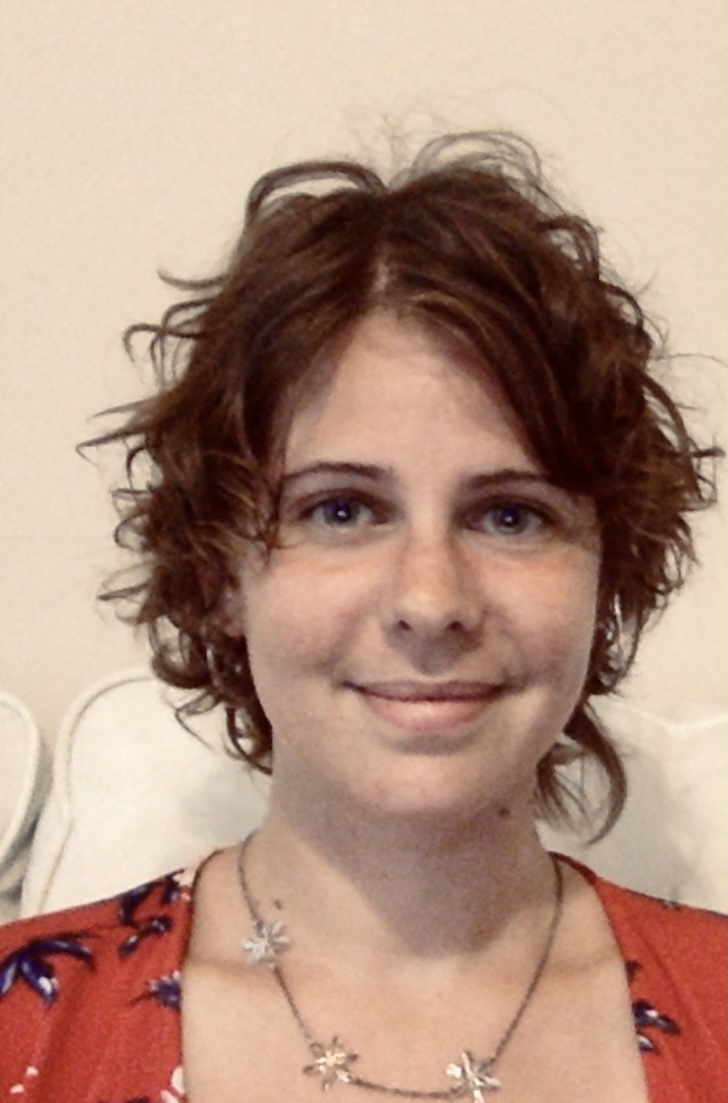The affordances of absence in the construction of embodied rhythms
Irene Fiordilino
Abstract
This study revolves around an elemental definition of rhythm - applicable to both spatial and temporal models - as the articulation of finite intervals of presence and absence. The intention is to demonstrate that the concept of absence possesses certain affordances of presence which performing arts are capable to exemplify, enhancing a process of intuitive self-consciousness in the subjects of experience. Drawing and taking distance from Lefebvre’s notion of presence, I analyse the condition of embedded temporality within the artworks, reducing the notion of ‘duration' to a spatial and kinaesthetic denominator. Using Husserl’s model of time consciousness as a matrix, the original terms ideal, potential and material absence are employed to delve into the process and the outcomes of rhythmic cognition. Performing arts, characterised as they are by the intersection of spatial and temporal rhythms, are further claimed to generate a unique, dialectic tension between the durational and the simultaneous. This tension fosters a pre-reflective appreciation of aesthetic experience as a perpetual oscillation between sensing and interpreting. To conclude, I question the methodological value of attending in absence, claiming its impact both as a creative device and a didactic framework. In particular, it aids the development of specific performative skills, which deal with presence and tend to the ‘unconcealment’ of otherwise normative ways of inhering the world. Examples of practical applications of this principle are brought forward from my own practice research, which sits in the space between choreography and architecture. The aim is to provide a transferable set of embodied tools, which can aptly serve other categories of art-making.
Bio

Irene Fiordilino is a choreographer and researcher at Trinity Laban Conservatoire of Music and Dance; she is also the director of the emergent Scirocco Dance Theatre Company, recently supported by the Arts Council England. Irene’s research is situated between choreography and architecture, with an emphasis on interdisciplinary outputs (installations, films, staged and site-specific pieces) and their implications in the field of aesthetics. Irene is a PhD student in creative practice at Trinity Laban and works as a guest lecturer, speaker and teacher internationally. Both her papers and choreographic work have been presented at international conferences and festivals in Europe, India, the UAE and the United States.
